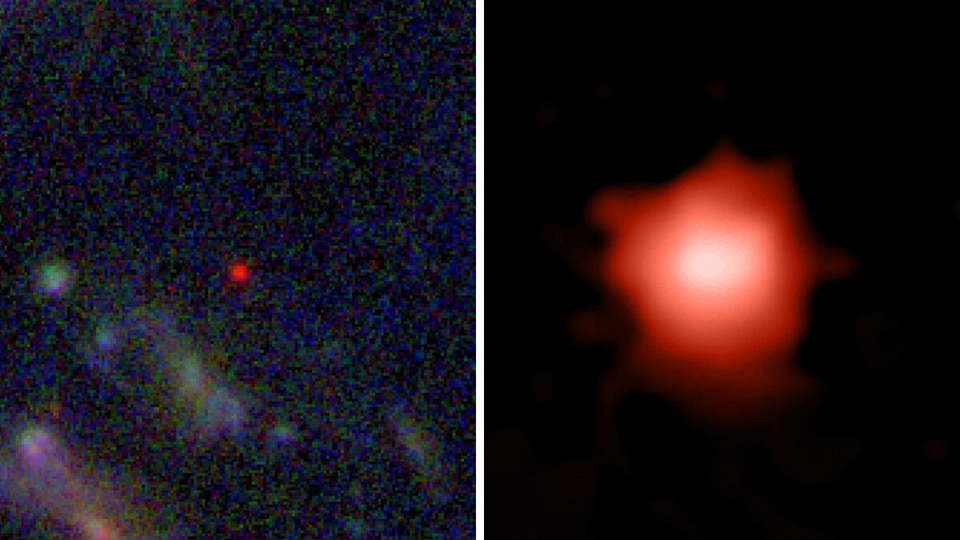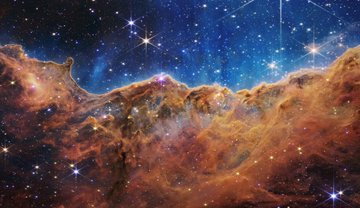The Young Universe and Its Offspring
"We found two very compelling candidates for extremely distant galaxies.""If these galaxies are at the distance we think they are, the universe is only a few hundred million years old at that point."Rohan Naidu, graduate student, astronomy department, Harvard and Smithsonian Centre of Astrophysics, Massachusetts"It was dark for a long time until you started to get an accretion and what they call the age of ionization. And, then the first stars started to form.""So we don't know exactly when that happened, the models show somewhere between 150 million and 300 million years after the Big Bang.""So we think that looking about 300 million years after the origin of the universe, what we will be seeing is the first stars and the first galaxies forming."Pam Melroy deputy administrator, NASA/former shuttle commander
 |
| Dr.James O'Donoughue, Twitter |
In just the first week of its operation in sending back extraordinary images of the far reaches of the university the James Webb telescope has revealed undreamt-of leaps of visual acuity from distant space; much further than its predecessor which itself had ushered the world of astronomy and astrophysics into a new era revealing nature's time-distant origins of the universe. The revelations just keep rolling in, astonishing in their breadth, filling knowledge gaps and prompting new questions as scientific enquiry struggles to comprehend the full meaning of the revealing images.
In the initial images, themselves revelations of unimaginable time and space, fainter distant light sources even more intriguing than the closer aspects of those distant stars and their presumed worlds -- unseen specks of probability in the formation of the minute details of the universe where ongoing investigation may yet answer that eternal question: is there anyone out there? -- the suspense of discovery and the analytical minds of scientists are grinding overtime in excited hypotheses.
Now, NASA's James Webb Telescope has captured images of the assumed earliest formation of a galaxy brim with stars -- named GLASS-z13 -- that may date back as far as 13.5 billion years. The hard-working Hubble Space telescope's earliest image was seen to date 100 million years later. "We're potentially looking at the most distant starlight that anyone has ever seen," Rohan Naidu of the Harvard Centre for Astrophysics stated.
 |
When the early telescope data was released a week ago from the James Webb Observatory scanning the universe from about a million miles from Earth, its presence was identified. The James Webb telescope incorporates instruments designed to capture light in the infrared spectrum which, since the universe is expanding, sees light emitted by faraway objects as it stretches distantly, increasing in wavelength and becoming more red until finally reaching the infrared spectrum human eyes can no longer discern.
This is known as a cosmological redshift, similar to the Doppler effect where sounds, as they move further away, are heard differently.

Labels: Astronomy, James Webb Telescope, NASA, Oldest Galaxy, The Cosmos

0 Comments:
Post a Comment
<< Home